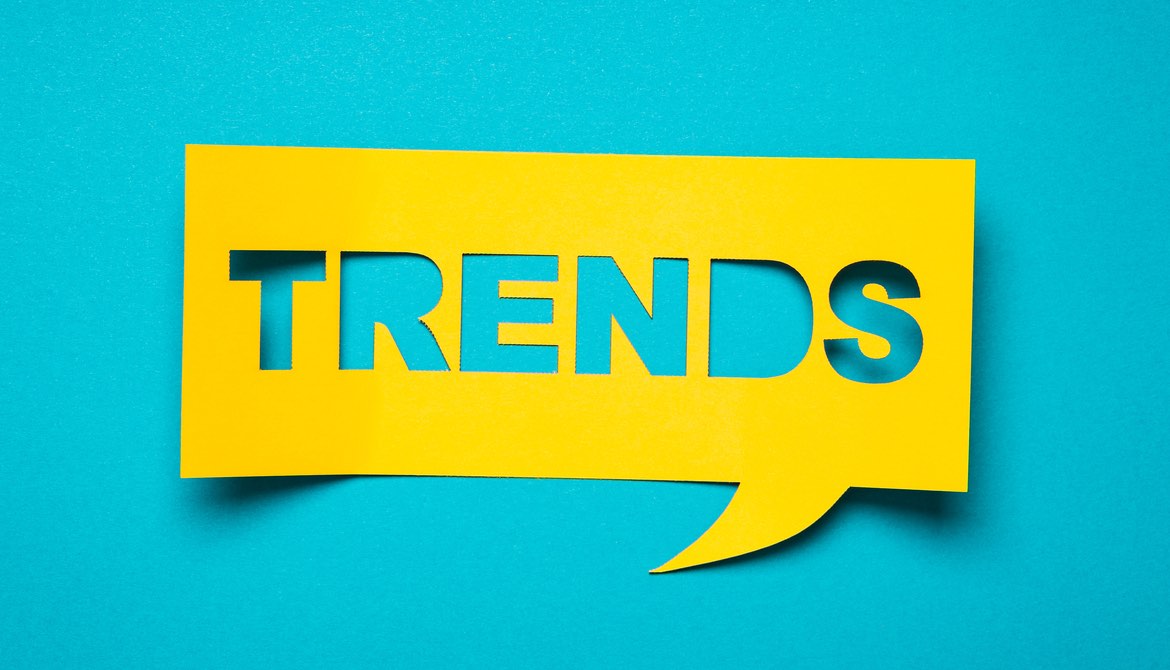4 minutes
These trends—one of them is credit union membership—are shaping cross-industry change.
The payments world continues to evolve and is going through critical and disruptive changes. A failure to embrace this disruption could lead to lost time, money and, potentially, customers. Here are profiles of four industries that have traditionally been slow to react to payments innovation and their expected progress over the next 12 months.
Payments are currently in a period of transition from the traditional to the digital. Witness a recent Capgemini report on consumer payment demand in 2019 that describes the industry as rapidly transforming from an infrastructure of cards and terminals to a system dominated by such mobile devices as smart watches, phones and even internet-of-things-enabled cars!
1. Healthcare goes mobile—and text.
Healthcare payments continue to be a hotly watched area for revenue cycle managers and C-level industry executives. Providers and patients alike must adjust to high-deductible insurance plans, value-based care price transparency and such public healthcare programs as Medicare and Medicaid.
For providers, payment priorities are set to shift through 2019. A Q4 2018 BillingTree study revealed that providers are focusing on improving the patient payment experience with technology. While agent-assisted and online payments currently dominate the revenue cycle management process, text-based notification and billing is now the fastest-growing channel being explored.
More than a quarter of all providers plan to adopt text notifications for bill payment/notification in the next 12 months. This number more than doubled from the previous year’s survey, indicating this is a fast-emerging channel. Expect this to continue into 2019 with text-based payments gaining wider adoption as an immediate, convenient and compliant option that suits both providers and patients.
2. B2B stops pushing paper.
As we move into 2019, increasingly digitized channels will start to have a serious impact on commercial payments. Consumers are used to paying bills and purchases with their credit cards online, over the phone and even directly from their mobile devices. Yet the B2B payment sector continues to drag its feet when it comes to payment channel innovation. The benefits are clear—quick handling of multiple payments, increased security, and integration with existing business management and accounting software.
But recent Mastercard research shows that over a third of businesses plan to decrease their use of paper checks in the future, with more than 40 percent saying they are too slow and require too much manual paperwork. Watch this space as we move through 2019, as more businesses ditch paper and realize the efficiency benefits of moving to e-payables.
3. Omnichannel goes from afterthought to first-thought for credit unions.
Although many people are aware that credit unions often offer preferred loan and credit card rates than banks—and boast lower/fewer fees—many myths still surround membership. With confusion concerning eligibility, technology and payment services, many people who could benefit from joining a credit union are reluctant to take the first step.
To allay these concerns and appeal to a younger customer base with huge potential, credit unions must prioritize the member experience. We are starting to see credit unions focus more on their service offerings, realizing that providing a wide selection of payment options can improve member service. Technology is moving from afterthought to first thought. The ability for members to make payments or check their accounts anytime from their mobile devices or any computer terminal is a benefit they will sincerely appreciate.
4. ARM must deal with convenience fee confusion.
Omnichannel expectations are becoming key to driving revenue in accounts receivables management. But simply offering a wide range of payment methods doesn't mean a company has found the Holy Grail. Just because a customer chooses to receive a notification of an outstanding bill via email doesn’t mean they plan to settle the bill online. It may be more convenient to pay over the phone or even to negotiate a payment plan with an agent. This means the consumer must be able to move freely between channels and payment methods—those who innovate here in 2019 will stride ahead of less prepared competitors.
Less of a technology trend and more of an industry-wide debate is the continued confusion around no-fee-to-biller models and convenience fees. Respondents to the BillingTree ARM study were split more than ever before in their attitude towards convenience fees.
This shows no signs of abating in 2019. It’s up to the card issuers to enforce a change to clear up the confusion once and for all.
2019: A Decisive Year
The next 12 months is a critical time for healthcare providers, B2B payments, credit unions and ARM organizations. Those who react quickest may hit the perfect trifecta: faster payments, happier customers and increased revenue.
VP/marketing for BillingTree, Phoenix, Dave Yohe has more than 26 years experience in marketing and advertising. He joined BillingTree in February 2010 after a multi-year leadership role with online fraud detection and prevention firm the 41st Parameter.





